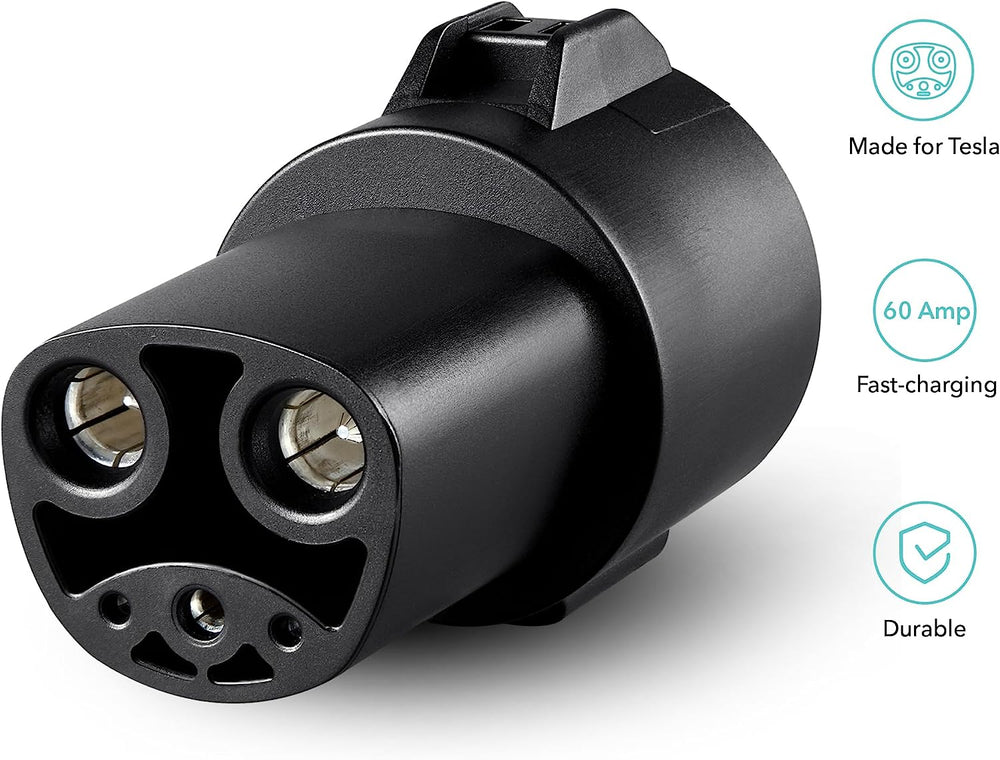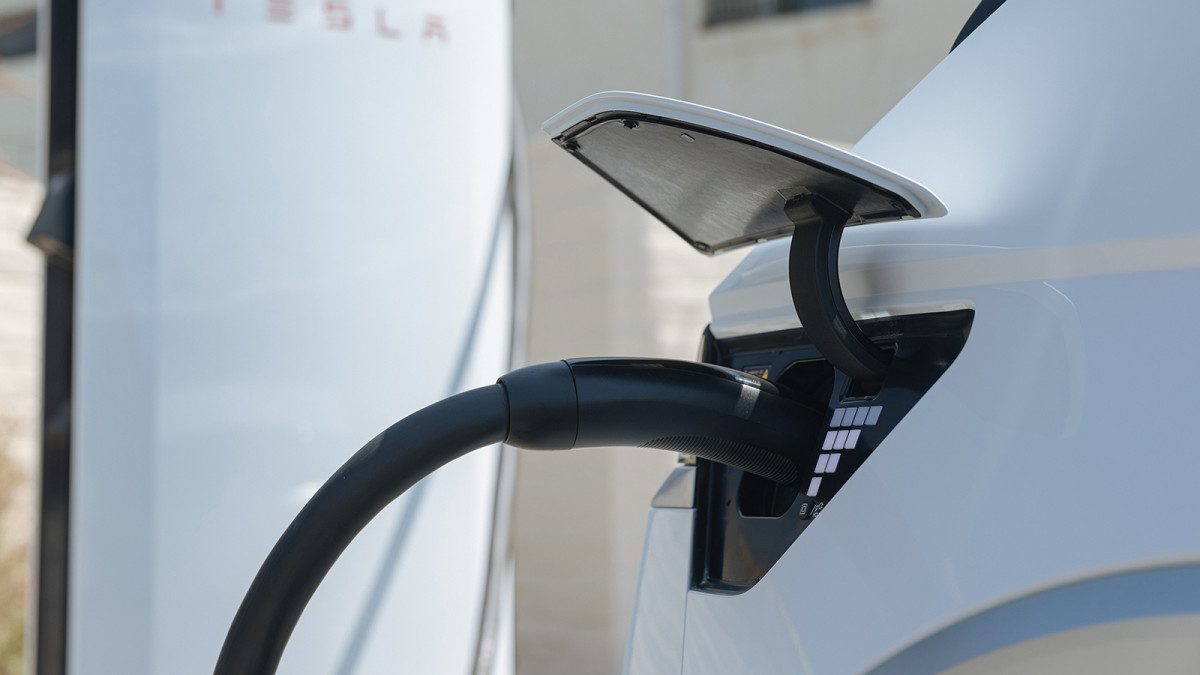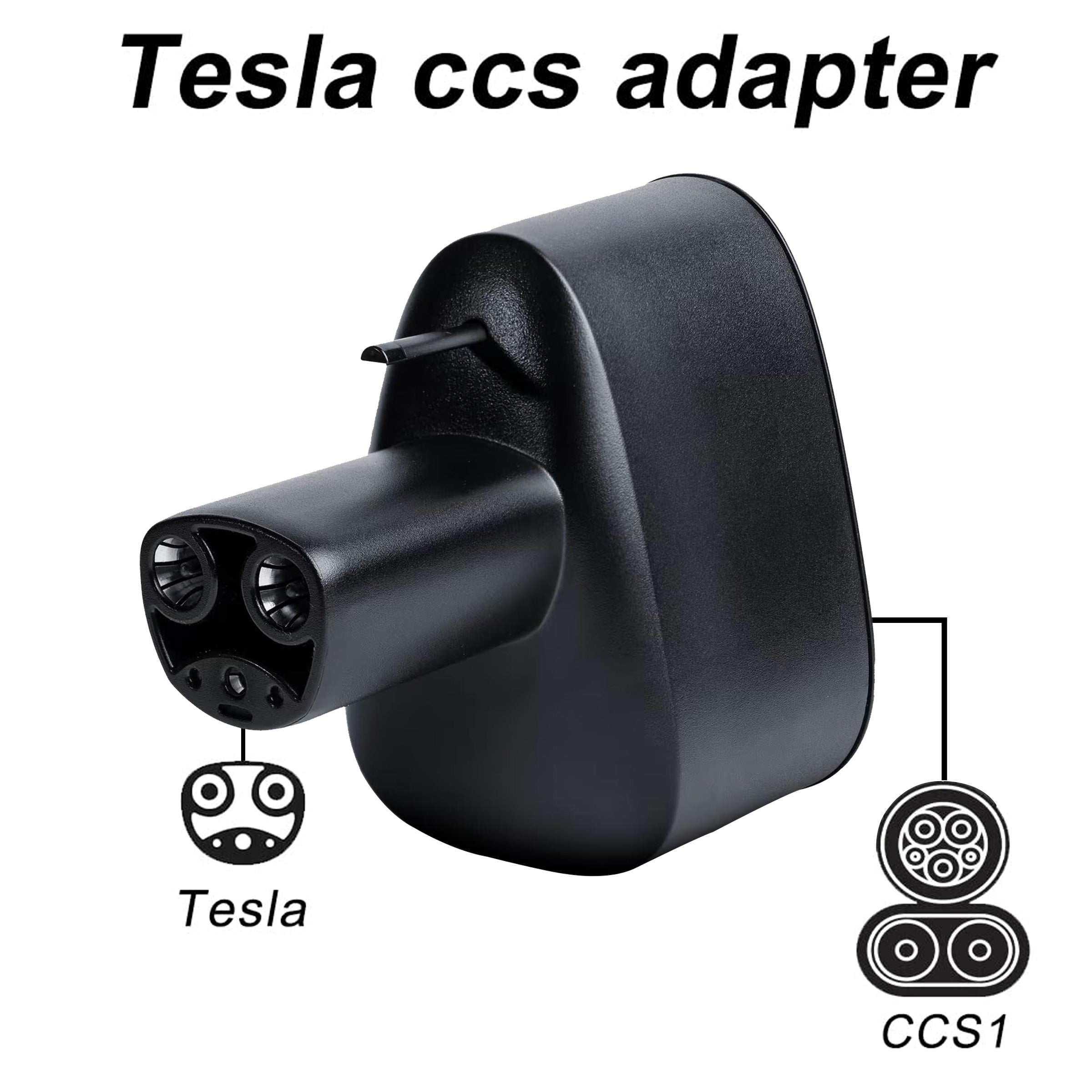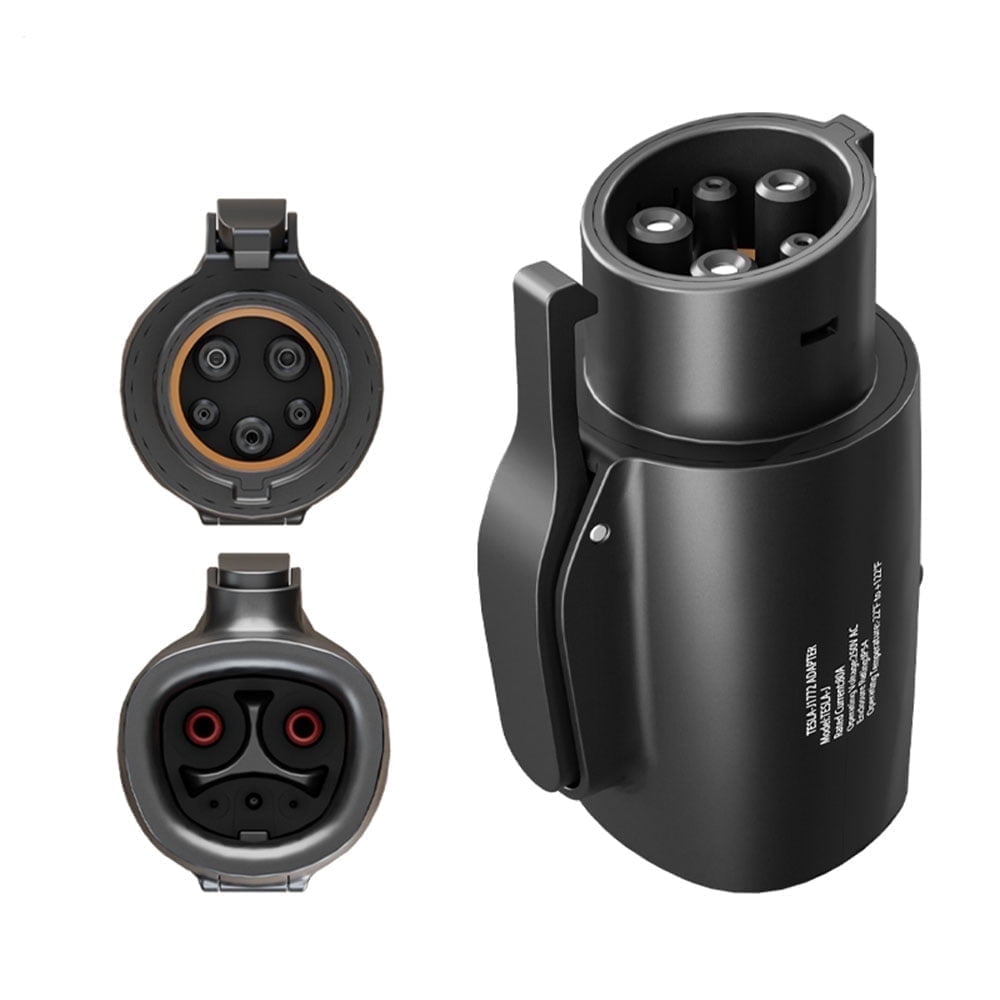Ioniq 5 Adapter For Tesla Charger

The electric vehicle landscape is shifting once again, this time with a development that promises to bridge a significant charging gap. Hyundai's Ioniq 5, known for its rapid charging capabilities and distinctive design, is poised to gain access to Tesla's expansive Supercharger network via a newly available adapter. This move has the potential to reshape the charging experience for Ioniq 5 owners, and perhaps signal a broader trend towards charging infrastructure interoperability.
This is not simply about convenience; it represents a fundamental shift in EV charging access. The introduction of an adapter enabling Ioniq 5 vehicles to utilize Tesla's Supercharger network addresses a critical pain point for many EV owners: charging availability and reliability. This article delves into the specifics of the adapter, its implications for Ioniq 5 owners, the broader EV charging ecosystem, and the potential for future standardization in the industry.
The Adapter: Bridging the Charging Divide
The adapter, officially sanctioned and supported by Hyundai, allows Ioniq 5 drivers to connect to Tesla's North American Charging Standard (NACS) Superchargers. This is a significant leap forward, as previously, Ioniq 5 vehicles, equipped with the Combined Charging System (CCS) port, were limited to CCS-compatible charging stations.
Hyundai has not yet released comprehensive technical specifications of the adapter itself. However, industry experts anticipate it to be a robust and safe device, meeting rigorous safety standards.
How It Works
The adapter acts as a physical intermediary, converting the NACS connector on the Tesla Supercharger to the CCS port found on the Ioniq 5. This allows the Ioniq 5's charging system to communicate with the Supercharger and draw power as needed.
It’s important to note that charging speeds may be affected by the adapter. While the Ioniq 5 is capable of exceptionally fast charging on CCS networks, its charging rate when connected to a Supercharger via the adapter will depend on several factors, including the Supercharger's capabilities and the adapter's specifications.
Impact on Ioniq 5 Owners
The most immediate impact is expanded charging options. Ioniq 5 owners now have access to thousands of additional charging locations across North America, thanks to Tesla's widespread Supercharger network.
This newfound access can alleviate range anxiety, especially during long road trips. Drivers no longer need to solely rely on CCS chargers, which can sometimes be less prevalent in certain areas.
Potential Drawbacks
While the adapter offers significant advantages, some potential drawbacks exist. Charging speeds might be slower than on dedicated CCS chargers, especially newer ones. Additionally, congestion at Supercharger stations, particularly during peak hours, could lead to delays.
The cost of Supercharging sessions for non-Tesla vehicles could also be a factor. Tesla has different pricing structures for members and non-members, and Ioniq 5 owners will likely pay the non-member rate unless they subscribe to a Tesla charging plan.
The Broader EV Charging Ecosystem
Hyundai's decision to embrace the NACS standard through the adapter reflects a growing trend within the EV industry. Several other automakers have announced plans to adopt NACS natively in future vehicles.
This shift towards NACS could eventually lead to greater standardization of charging infrastructure. A unified charging standard would simplify the charging experience for all EV drivers, regardless of vehicle brand.
CCS vs. NACS: A Shifting Landscape
The current charging landscape is dominated by two main standards: CCS and NACS. CCS has been widely adopted by automakers outside of Tesla, while NACS was initially a proprietary Tesla standard.
However, NACS is gaining momentum, and its potential to become the dominant standard is increasing. The open sourcing of the NACS design has encouraged its adoption by other manufacturers and charging network operators.
Future Implications and Standardization
The availability of the Ioniq 5 adapter could be a catalyst for wider adoption of NACS by other EV manufacturers. Increased accessibility of the Supercharger network for non-Tesla vehicles will likely pressure other charging networks to improve their infrastructure and reliability.
Ultimately, the evolution of EV charging standards will depend on a variety of factors, including technological advancements, regulatory policies, and market forces. However, the current trend suggests a move towards greater interoperability and a more streamlined charging experience for all EV drivers.
The Ioniq 5 adapter represents a significant step in that direction. It provides immediate benefits to Ioniq 5 owners while simultaneously contributing to a broader conversation about the future of EV charging.


















